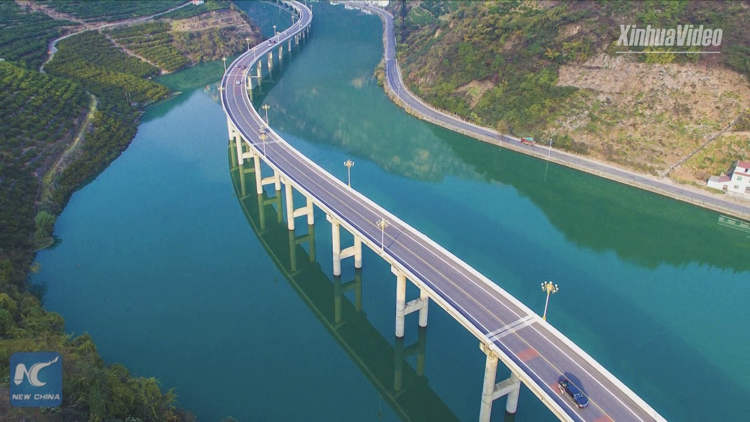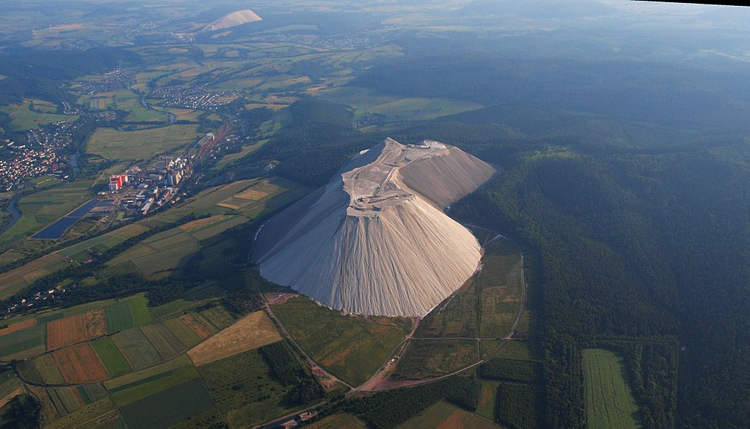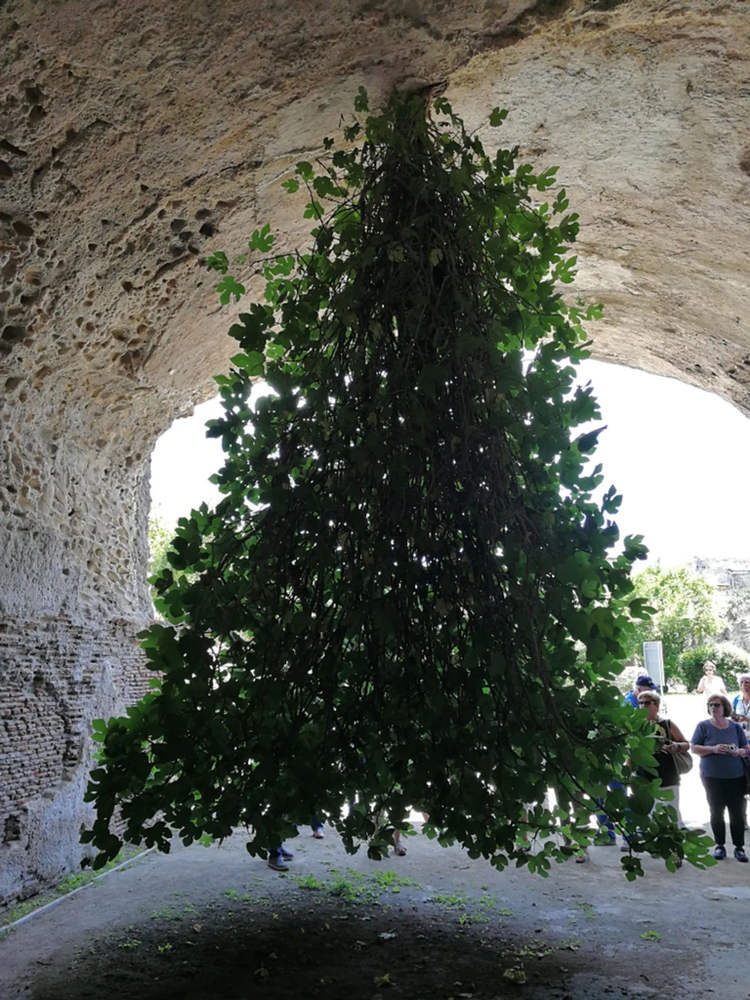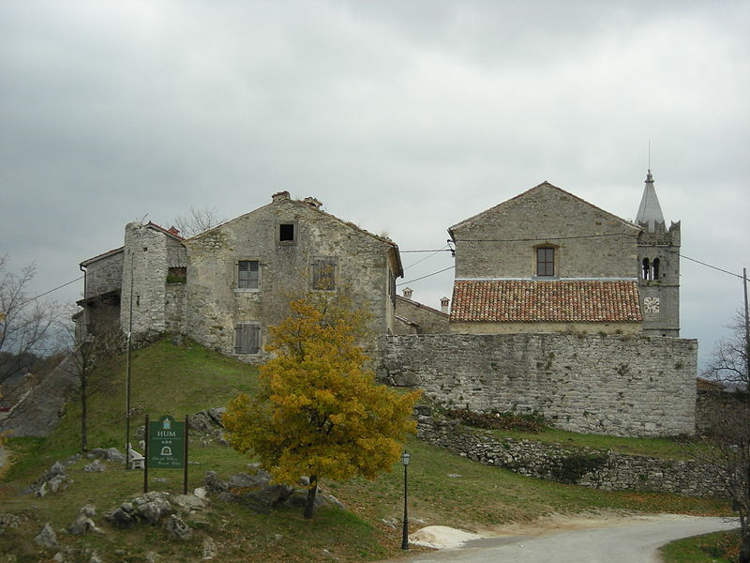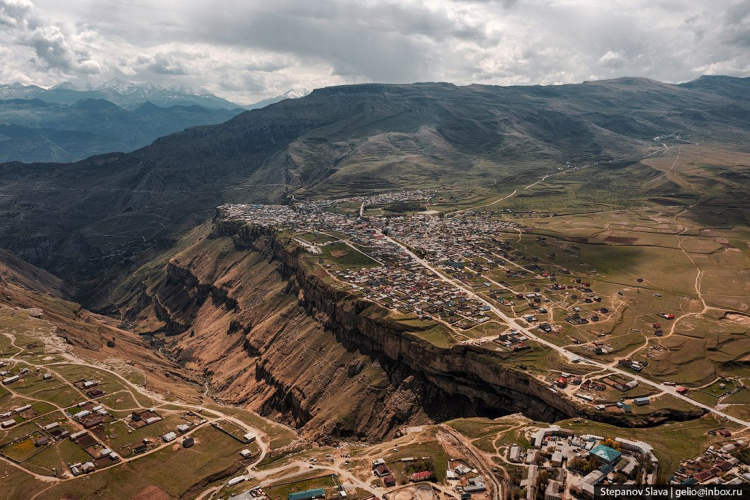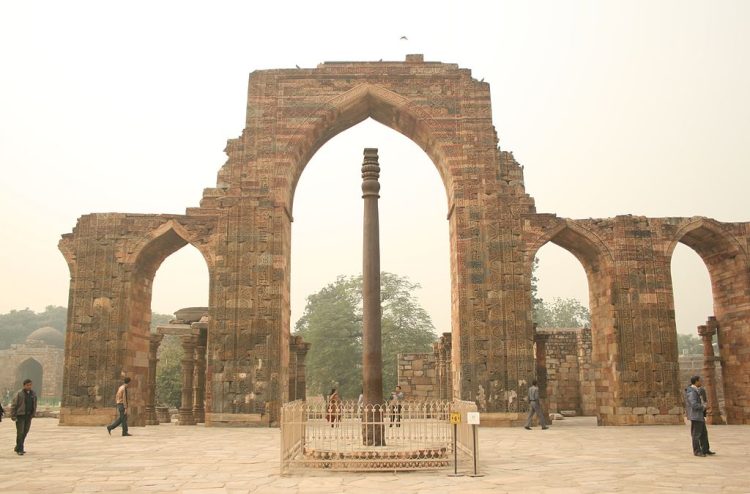Every year, visitors of Peru’s Vilcanota mountain range are treated to a unique natural phenomenon, a river running blood red through the pristine rocky valleys of Cusco.
Located approximately 100 kilometers from the city of Cusco, near the well-known Palcoyo Rainbow Mountain, the red river is known as Palquella Pucamayu by the locals. It only runs red for about 5 kilometers before mixing with other streams and small rivers in the area, at which point the color becomes diluted, losing its unique hue. The best time to see the red river in person is during the rainy season (December – April), because the color of the water is directly influenced by the level of precipitation. For most of the year, Palquella Pucamayu is a muddy-brown color, but during the rainy season, large quantities of soil rich in iron oxide are carried down from mountains and color the water bright red.



